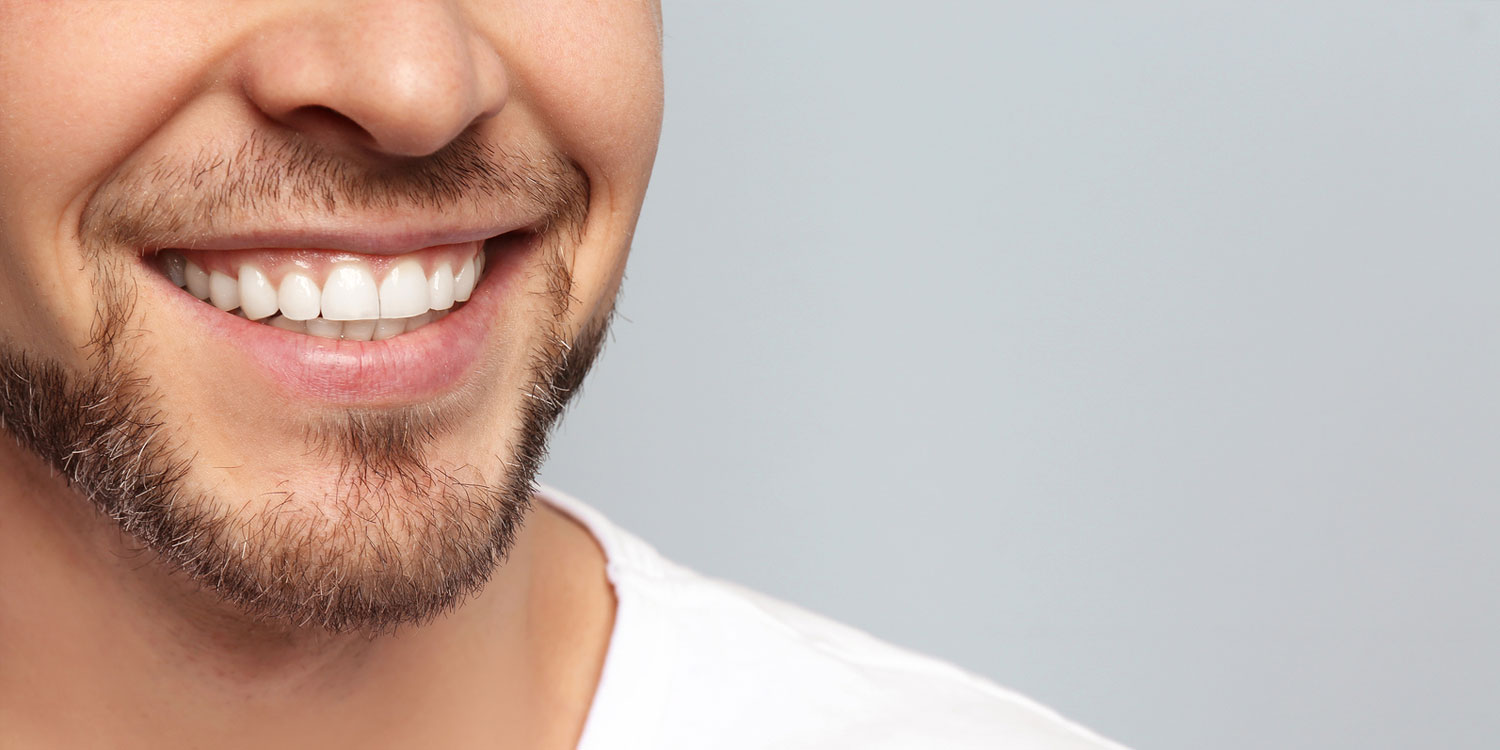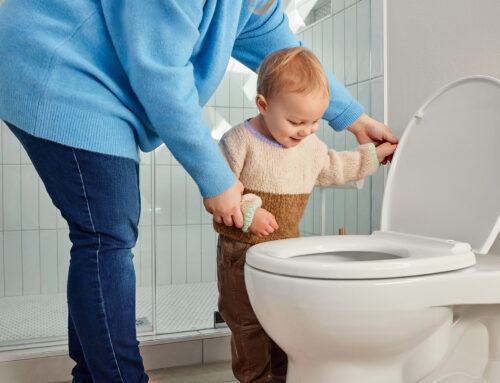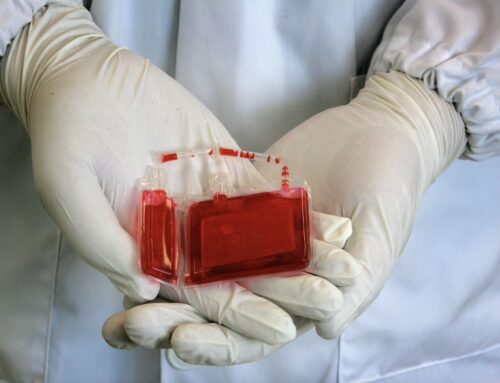How to care for your teeth and gums
How should I brush my teeth?
Brushing your teeth is an essential part of your oral hygiene routine, and it’s crucial to do it correctly to maintain good oral health. Here’s a step-by-step guide on how to brush your teeth:
Step 1: Choose the Right Brush
- Select a soft-bristled toothbrush that fits comfortably in your mouth.
- Consider using an electric toothbrush, which can be more effective at removing plaque and improving gum health.
Step 2: Apply Toothpaste
- Use a pea-sized amount of fluoride toothpaste.
- You can use a toothpaste with a mild flavor or a whitening toothpaste, depending on your oral health goals.
Step 3: Brush Your Teeth
- Place the toothbrush against your teeth at a 45-degree angle.
- Gently move the toothbrush back and forth in small circular motions, covering the front, back, and top surfaces of your teeth.
- Make sure to brush all areas of your mouth, including:
- The front teeth (incisors)
- The back teeth (molars)
- The top teeth (buccal surfaces)
- The gumline (gingivae)
- The roof of your mouth (palate)
- Brush for at least 2 minutes, but ideally for 3 minutes.
Step 4: Pay Special Attention to Trouble Spots
- Spend extra time brushing areas that are prone to plaque buildup, such as:
- The area where the tooth meets the gumline (where the gingiva meets the tooth)
- The surfaces of your molars
- The area between your teeth
Step 5: Rinse Your Mouth
- Rinse your mouth with water or mouthwash to remove any remaining toothpaste and debris.
- Spit out the water and do not swallow it.
Step 6: Repeat Daily
- Brush your teeth at least twice a day, in the morning after breakfast and before bedtime.
- If you’re using an electric toothbrush, make sure to replace the brush head every 2-3 months or as recommended by the manufacturer.
Additional Tips
- Use a gentle touch when brushing your teeth. Avoid using too much pressure, which can damage your gums and tooth enamel.
- Don’t forget to brush your tongue and the roof of your mouth, as bacteria can accumulate in these areas and cause bad breath.
- Replace your toothbrush every 3-4 months or sooner if the bristles become frayed.
- Consider brushing your teeth after meals or snacks if you’re prone to cavities or have a history of dental problems.
By following these steps and tips, you’ll be able to effectively brush your teeth and maintain good oral health. Remember to always visit your dentist regularly for check-ups and cleanings to keep your teeth and gums healthy!
How should I floss my teeth?
Flossing is an essential part of oral hygiene that helps remove plaque and food particles from between your teeth and under your gumline, where a toothbrush can’t reach. Here’s a step-by-step guide on how to floss your teeth:
Step 1: Choose the Right Floss
- Select a dental floss that is comfortable for you and easy to use. You can choose from:
- Waxed floss: This is the most common type of floss and has a wax coating that helps it glide smoothly between teeth.
- Unwaxed floss: This type of floss is more gentle on gums and can be more effective at removing plaque.
- Floss picks: These are pre-threaded floss picks that can be easier to use for those with limited dexterity.
- Interdental brushes: These are small, specialized brushes that are designed for cleaning between teeth and around the gumline.
Step 2: Wrap the Floss
- Take a piece of floss and wrap it around your middle fingers, leaving about 1-2 inches of floss in between. This will help you control the floss and avoid snapping it.
- Hold the floss taut with your fingers, but not too tightly.
Step 3: Guide the Floss
- Use your index fingers to guide the floss between your teeth, curving it around the edge of each tooth in a “C” shape.
- Make sure to get the floss under the gumline, but avoid snapping it or forcing it too hard, as this can cause bleeding or damage to your gums.
Step 4: Clean Each Tooth
- Gently slide the floss up and down against each tooth, using a gentle back-and-forth motion.
- Make sure to clean each tooth individually, including the front, back, and top surfaces.
- Pay special attention to areas where your teeth and gums meet, as this is where plaque and bacteria tend to accumulate.
Step 5: Rinse Your Mouth
- Rinse your mouth with water or mouthwash to remove any remaining food particles and debris.
- Spit out the water and do not swallow it.
Step 6: Repeat Daily
- Floss at least once a day, ideally before brushing your teeth.
- Make sure to clean all areas of your mouth, including between each tooth and around the gumline.
Additional Tips
- Be gentle when flossing, as rough or aggressive movements can cause bleeding or damage to your gums.
- Use a new section of floss for each tooth to prevent transferring bacteria from one tooth to another.
- If you’re having trouble getting the floss between your teeth, try using an interdental brush or a dental pick.
- If you have trouble flossing due to crowded teeth or other oral health issues, consider consulting with your dentist or hygienist for guidance on alternative methods.
Remember, flossing is an important part of oral hygiene that can help prevent cavities, gum disease, and bad breath. By following these steps and tips, you can keep your teeth and gums healthy for years to come!
How should I use mouthwash?
Using mouthwash as part of your oral hygiene routine can help kill bacteria, freshen your breath, and reduce plaque and gingivitis. Here’s a step-by-step guide on how to use mouthwash:
Step 1: Choose the Right Mouthwash
- Select a mouthwash that is suitable for your oral health needs. You can choose from:
- Antibacterial mouthwash: These products contain ingredients like chlorhexidine or triclosan that help kill bacteria.
- Fluoride mouthwash: These products contain fluoride, which helps strengthen tooth enamel and prevent tooth decay.
- Whitening mouthwash: These products contain mild abrasives or whitening agents that help remove surface stains and whiten teeth.
- Natural mouthwash: These products are made from natural ingredients like essential oils and herbs.
Step 2: Follow the Instructions
- Read the label instructions and follow the recommended usage guidelines.
- Typically, you’ll need to rinse your mouth with the mouthwash for 30 seconds to 1 minute, swishing it around your mouth before spitting it out.
Step 3: Rinse Your Mouth
- Swish the mouthwash around your mouth, making sure to cover all areas, including:
- The front teeth (incisors)
- The back teeth (molars)
- The top surfaces of your teeth
- The roof of your mouth (palate)
- The back of your throat
- Make sure to rinse your mouth thoroughly, but avoid swallowing the mouthwash.
Step 4: Spit Out the Mouthwash
- Spit out the mouthwash into the sink or a designated container.
- Avoid swallowing the mouthwash, as some ingredients can be harmful if ingested.
Additional Tips
- Use mouthwash after brushing your teeth, but before flossing.
- Use a small amount of mouthwash (about 1/2 ounce) to avoid excessive rinsing.
- Avoid using too much mouthwash, as this can cause irritation or dryness in your mouth.
- If you experience any discomfort, sensitivity, or allergic reactions after using mouthwash, discontinue use and consult with your dentist.
Special Considerations
- Children under 6 years old should not use mouthwash, as they may swallow it.
- Pregnant women or individuals with certain medical conditions should consult with their dentist before using mouthwash.
- If you have sensitive teeth or gums, consider using a desensitizing toothpaste or a gentle mouthwash.
Remember to always follow the manufacturer’s instructions and guidelines for using mouthwash. By incorporating mouthwash into your oral hygiene routine, you can help keep your teeth and gums healthy and fresh.
When should I see my dentist?
Regular dental check-ups are essential for maintaining good oral health and preventing problems. Here are some guidelines to help you determine when you should see your dentist:
Regular Check-ups:
- Children: Every 6 months, starting from the eruption of their first tooth or by their first birthday.
- Adults: Every 6 months, unless you have a history of cavities or other oral health issues, in which case you may need more frequent check-ups.
Special Situations:
- If you experience any of the following symptoms, you should schedule a dentist appointment as soon as possible:
- Toothache or sensitivity
- Swelling or redness in your gums
- Loose teeth or teeth that are shifting
- Cracks or chips in your teeth
- Unusual changes in your mouth or tongue
- Difficulty chewing or biting
- If you have a history of oral health issues, such as cavities, gum disease, or orthodontic treatment, you may need more frequent check-ups.
- If you have a medical condition, such as diabetes, heart disease, or respiratory disease, you may need to see your dentist more frequently.
Additional Reasons:
- If you’ve recently moved to a new area or changed dentists, you may want to schedule an appointment to establish a relationship with your new dentist.
- If you’re experiencing any changes in your oral health, such as a sudden change in your gum health or tooth sensitivity, you should schedule an appointment to address these concerns.
- If you’re considering whitening your teeth or undergoing orthodontic treatment, you should schedule an appointment with your dentist to discuss these options.
Remember:
- Regular dental check-ups can help prevent oral health issues and detect problems early on, when they are easier to treat.
- Don’t hesitate to reach out to your dentist if you have any concerns about your oral health or if you experience any changes in your mouth.
By following these guidelines, you can ensure that your oral health is well-maintained and that any issues are addressed promptly and effectively.




